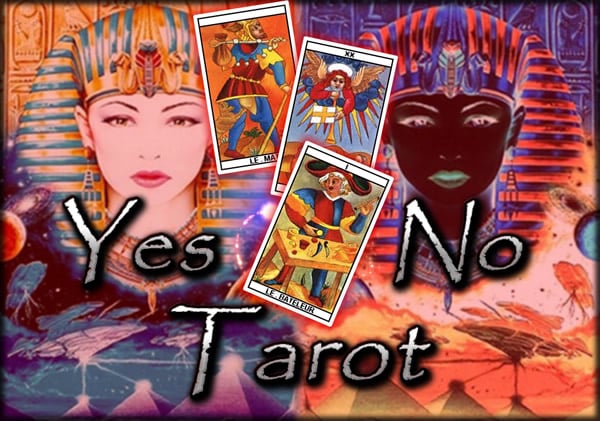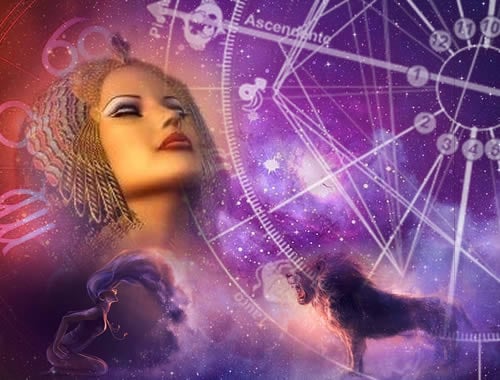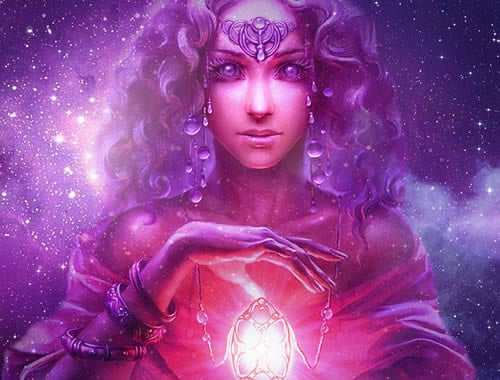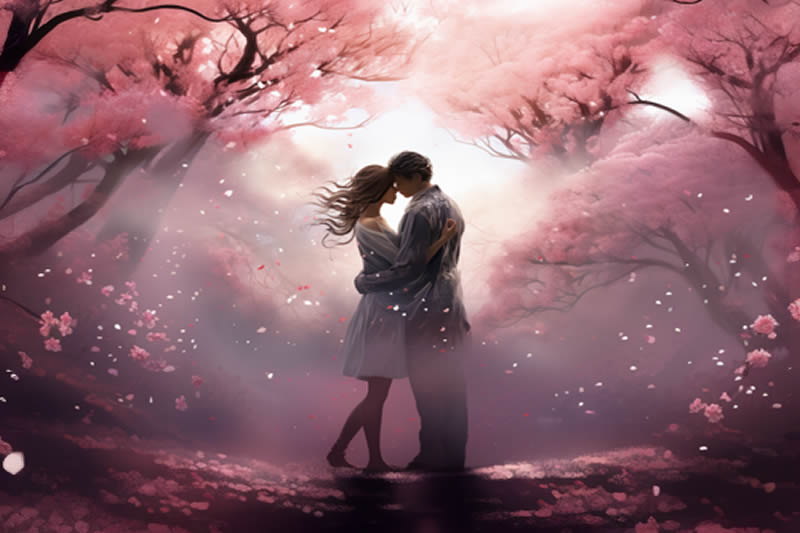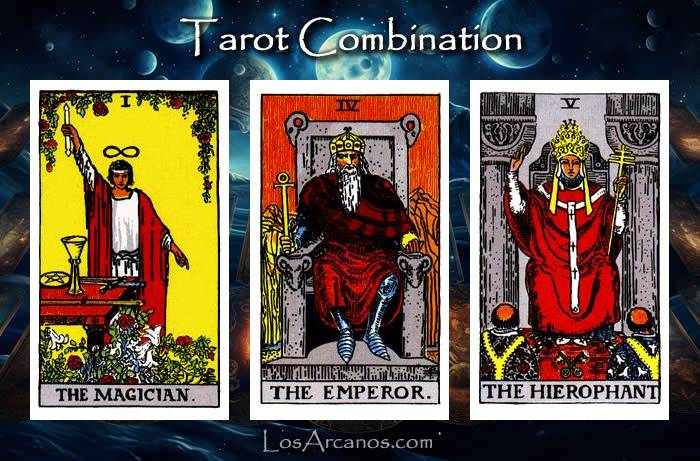
Combination THE MAGICIAN, THE EMPEROR and THE HIEROPHANT
Three-Card Tarot in Combination
Empowered Mastery, Structured Authority, and Spiritual Wisdom Unite
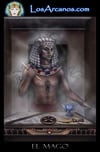
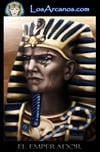
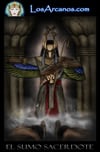
The Magician card stands as an emblem of manifestation and the power to turn ideas into reality. As the first numbered card in the Tarot, symbolizing the beginning of a journey, The Magician harnesses the raw energies of the Universe, represented by the tools on his table — the wand, cup, sword, and pentacle for the four elements. He is a conduit of power, channeling the unseen forces to the material plane, with an unwavering belief in his ability to control his surroundings. His presence in a reading typically signifies resourcefulness and initiative, urging one to realize their full potential and take decisive action towards their goals.
The Emperor embodies the archetypal father figure, exuding control, organization, and structure. He is the embodiment of authority, discipline, and establishment, his throne indicating a position of power and dominance over the material world. The Emperor is synonymous with a solid foundation, suggesting the establishment of order and rules. His energy offers protection and stability but can equally represent rigidity and a resistance to change. In a reading, The Emperor can signify the need for leadership and making practical decisions, while also cautioning against the perils of authoritarian rule.
The Hierophant, known as the spiritual teacher, represents traditional values and conventional expectations. As a bridge between the divine and the mundane, he is the conduit of spiritual wisdom and societal norms. This card often suggests adherence to cultural institutions or belief systems, and a respect for established rites and ceremonies. In a reading, The Hierophant may indicate the importance of tradition or the seeking of spiritual advice. He could also represent formal education or the embracing of community values and norms.
When The Magician, The Emperor, and The Hierophant come together in a reading, it points to a dynamic interplay of creativity, authority, and tradition. The Magician's inventive impulse is given form and structure by The Emperor, ensuring that ideas are not only conceived but also executed with precision and order. Meanwhile, The Hierophant's presence implies that this creative process is taking place within the boundaries of societal norms and expectations.
In such a combination, one might interpret a call to use one's personal power and initiative (The Magician) to establish structures and systems (The Emperor), while respecting the weight of established traditions and cultural systems (The Hierophant). It may indicate the path to success involves not only innovation and leadership but also an understanding and integration of long-established practices and wisdom. This trio of cards suggests that balance between the new and the old, the innovative and the traditional, must be struck to achieve one’s goals.
This powerful triad can be a potent reminder of the value of harmonizing one's ambition with discipline and respecting the collective wisdom of the past as one forges the future. It is the merging of personal capability with the collective framework, a dance of the individual spark within the greater flame of community and history.

Other 3-Card Combinations:
THE MAGICIAN

THE MAGICIAN Combinations
Other 3-Card Combinations:
THE EMPEROR

THE EMPEROR Combinations
Other 3-Card Combinations:
THE HIEROPHANT

THE HIEROPHANT Combinations
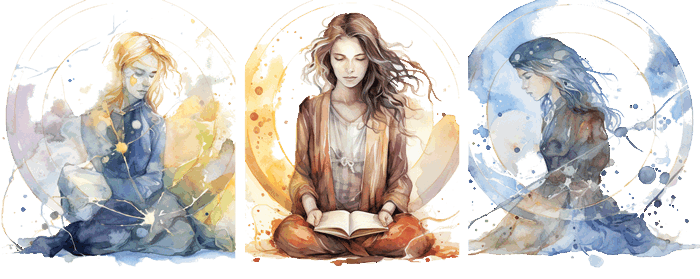
Other interesting 3-card combinations
THE LOVERS, TRANSFORMATION and THE STAR
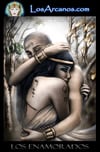
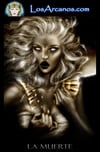
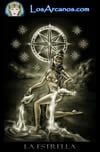
Harmonious Change and Hope: Uniting The Lovers, Transformation, and The Star
Show Combination
THE CHARIOT, STRENGTH and THE SUN
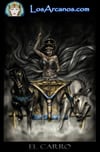
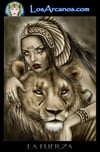
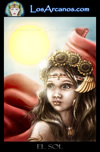
Empowered Triumph: Journeying towards Success with Determination and Joy
Show Combination
TEMPERANCE, THE DEVIL and THE WORLD
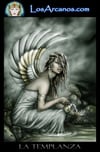
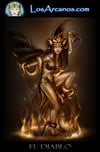
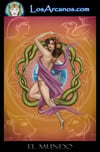
Harmonizing Balance with Temptation to Manifest Wholeness
Show Combination
TRANSFORMATION, TEMPERANCE and THE WORLD



Harmonious Evolution: Embracing Change and Balance for Global Fulfillment
Show Combination
WHEEL OF FORTUNE, STRENGTH and THE TOWER
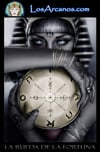

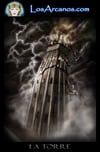
Embrace Change: Harnessing Resilience Amidst Turmoil with The Wheel, Strength, & Tower
Show Combination
Return to All Card Combinations

